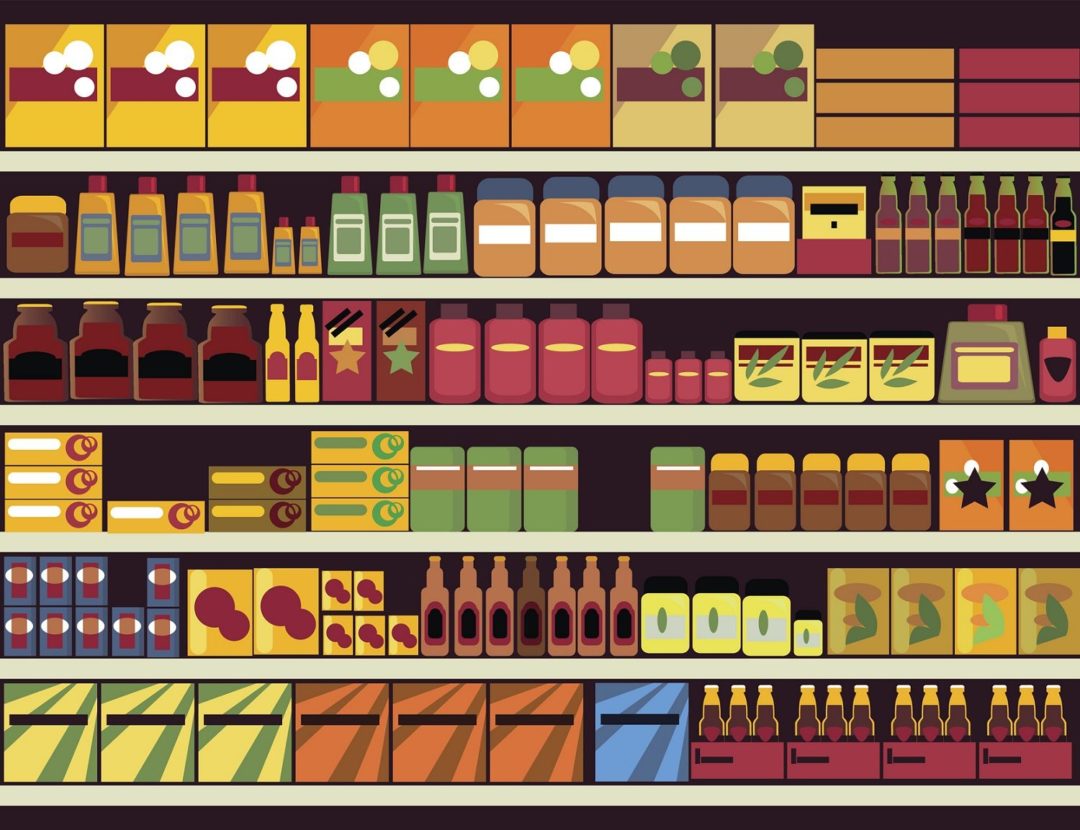Effective merchandising is essential to the long-term health of your store. Your shelves are frequently the first impression consumers have of natural products. Make it a good one!
Shelf Management
Effective merchandising includes shelf management and product placement on your shelves. It maximizes category sales, drives shopper foot traffic, increases market shopper basket size, and it can give you a sustainable competitive advantage in your market. Your merchandising strategy communicates your marketing strategy to shoppers—great selection, fair prices, health-focused, community involved, etc.
Effective self-management strategies can be used to communicate a consistent message to customers, highlighting your commitment to meet their needs. There is where real shopper loyalty exists—consumers want to shop at stores that best meet their needs. It can differentiate you from your competition. Product placement is critical. Partner with brands to help you maximize your merchandising. Consumers want stores that have a good selection, that are easy and friendly to shop, and that offer their favorite brands at a fair price.
A brand getting their product featured at the right stores and in the right place on shelves is key to their success. Most retailers merchandise items grouped by brand. A more effective strategy would be to merchandise items around the way shoppers use the products: shopper need states. This strategy allows consumers to easily compare similar items.
Product assortment and segmentation
Segmenting breaks up the category to make it easier to shop by style, quality, flavor, scent, color, type, etc. New mothers, for example, will find it easier to shop the diaper category if it is segmented by baby size (newborn, infant, toddler, etc.), diaper quality (super-premium, premium, and economy), and then by brand.
Another component of placement is product assortment. Customers want the top items available in the market in addition to specialty or niche items that meet their needs. The goal is to have a broad assortment without too many duplicates because customers make judgments about retailers based upon assortment: too few items and they perceive the assortment to be poor, and too many items cause confusion. The proper mix includes top-selling items available as well as specialty items that differentiate your store.
Brands need to work closely with retailers to ensure that each item has enough holding power (items available for sale on the shelf) to support consumer takeaway. A common strategy is for a retailer to have several days of supply of each item available on the shelf.
The goal is to have no additional back-stock while avoiding out-of-stocks. Retailers need to enforce this discipline-at-shelf strategy across each of their stores. Always consider the shopper journey first!
This is one of the main reasons the practice of category management started. Its mission is simply to reduce out-of-stocks, maximize inventory efficiency, increase consumer takeaway, and increase the profitability of a category. Category management has now evolved to fully understanding consumer buying habits and helping retailers and brands meet consumers’ needs.









